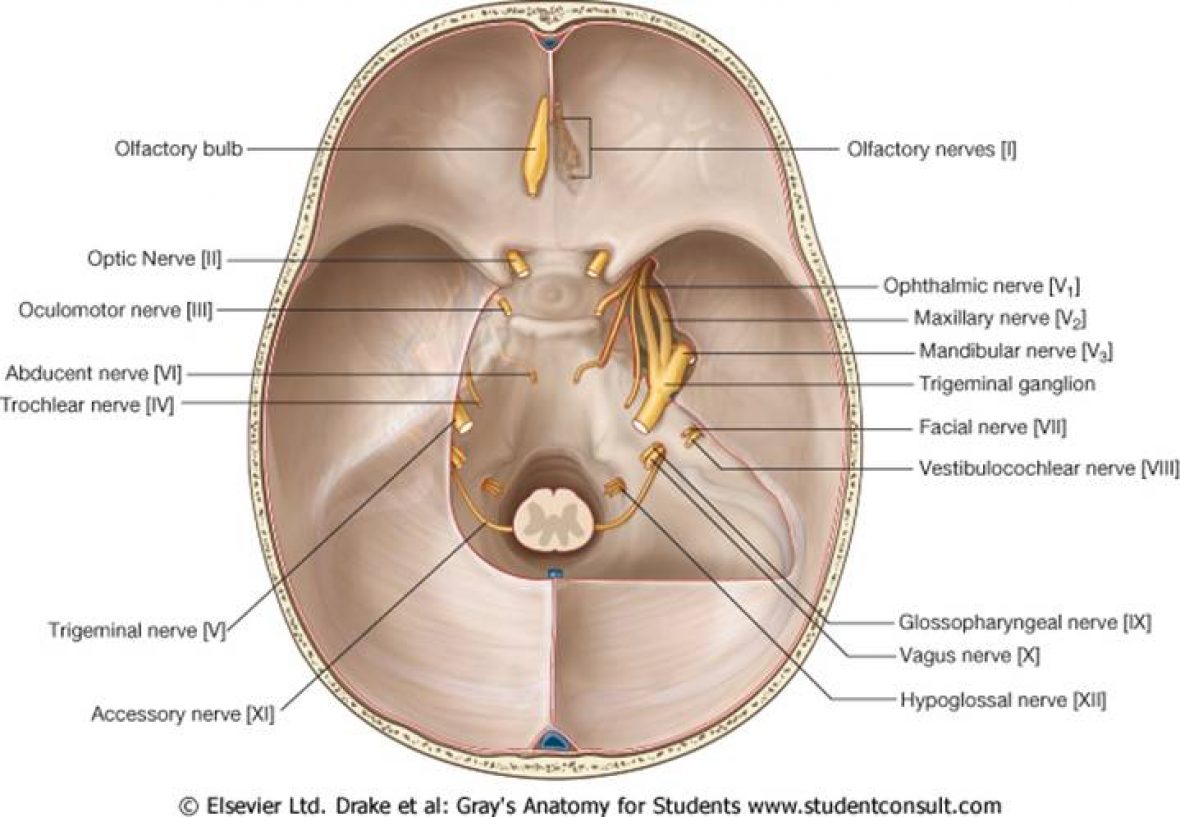One of the essential Neurosurgical/Spinal emergencies present and if missed you could find youself in court!
The spinal cord ends at L1 at the conus medullaris. The bundle of nerve roots that runs and supply the lower limb and perineum is called the Cauda Equina.
Remember the key points from the history and examination:
- Bilateral Buttock Pain
- Saddle Anaesthesia
- Urinary retention followed by overflow incontinence
- Faecal incontinence
- Loss of peri-anal sensation e.g loss of sensation whilst wiping bottom
- PR reveals loss of anal tone
- Remember to conduct a full lower limb neurological examination and PR. You have to stick your finger in this one!
A T2 MRI Weighted Saggital Section and Axial Section. A massive L5/S1 disc protrusion causing significant compression of the cauda equina.

Causes of Cauda Equina Syndrome
- Massive Herniated Lumbar Disc
- Tumour-e.g metastatic disease with spinal epidural extension
- Trauma
- Spinal epidural haematoma
Timing is critical in this case. Presevation of bladder and bowel dysfunction is the main aim of treatment and hence these patients should be operated on immediately ideally within 48 hours.
Surgical management is lumbar dissectomy by bilateral laminectomy to try and access and remove as much of the disc.
Risks of Lumbar Laminectomy
1. Common Complications:
- Superficial wound infection (secondary to Staphylococcus Aureus)
- Durotomy- unintentional leading to CSF leakage (fistula) or via a collection called a (pseudomeningocele). Note opening of the dura potentially exposes the nerve roots that may lead to nerve root laceration or contusion.
- Recurrence of herniated lumbar disc
2. Rare Complications:
- Injury to structures anterior to the veretbral body. Below L4 the external ilac veins and IVC at L4. Note the iliac arteries lie anterior to the veins and hence the veins are more likely to damaged in this approach.
- Ureters
- Deep Infection- discitis
- The important post operative cauda equina syndrome secondary to a post operative spinal epidural haematoma. They may present with acute urinary retention, saddle anaesthesia, or anbilateral lower extremeties. Never put a catheter into a patient who has underwent spinal surgery without assessing for cauda equina syndrome.

